Experience Lasting Relief with the John Barnes Approach to Myofascial Release – Healing from the Inside
Recommended Community Provider for Memorial Sloan Kettering Cancer Center
Experience Lasting Relief with the John Barnes Approach to Myofascial Release – Healing from the Inside
Recommended Community Provider for Memorial Sloan Kettering Cancer Center
The John Barnes Approach to Myofascial Release (MFR) is a renowned therapeutic technique that delivers long-lasting results by addressing the root causes of pain and dysfunction. Through skilled hands, this gentle and safe therapy releases myofascial restrictions caused by trauma, inflammation, or surgical procedures, creating profound and positive changes in your body.
At Hands On HealthCare Massage Therapy, we are proud to offer the same world-class MFR therapy used by prestigious facilities such as the Hospital for Special Surgery, John T. Mather Hospital, and other leading practices worldwide. Searching for “Myofascial Release near me” has brought you to us, conveniently located in Commack, Long Island, making this transformative therapy accessible to your community.
Looking for the best care for conditions like chronic pain, stiffness, or post-surgical recovery? Contact us today and let us guide you on your path to healing.
Read More About Our Advanced Therapies
At Hands On HealthCare Massage Therapy, our therapists are trained directly in John Barnes Myofascial Release techniques. With years of experience and ongoing education, we ensure the highest level of care and expertise.
We proudly serve Commack, Long Island, and the surrounding areas, including Suffolk County. Whether you’re managing chronic pain, recovering from surgery, or seeking improved mobility, you’ll find trusted care and lasting results here.
Fascia is a remarkable, three-dimensional web of connective tissue that envelops and supports every muscle, bone, nerve, organ, and blood vessel in your body—down to the cellular level. Composed of elastin, collagen, and a fluid ground substance, fascia plays a critical role in maintaining structural integrity, flexibility, and movement.
When fascia becomes restricted, it can lead to pain, stiffness, and reduced range of motion, emphasizing the importance of maintaining fascia health for overall well-being.
Myofascial Release (MFR) focuses on gently releasing fascia restrictions to target the root cause of pain and dysfunction. This advanced technique offers profound benefits, including:
Using light, sustained pressure, MFR allows the fascia to disengage and return to its natural state, creating positive, lasting changes in the body.
Book Your Session in Commack, Long Island
Ready to feel the difference? Experience expert care with Hands On HealthCare Massage Therapy in Commack, Long Island. Reach out today and let us guide you toward better health.
Explore more about the various massage techniques and therapies that can benefit your health:
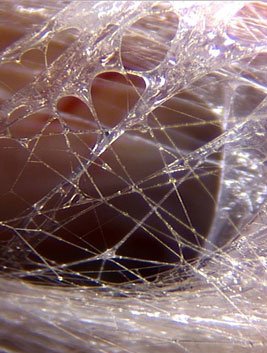
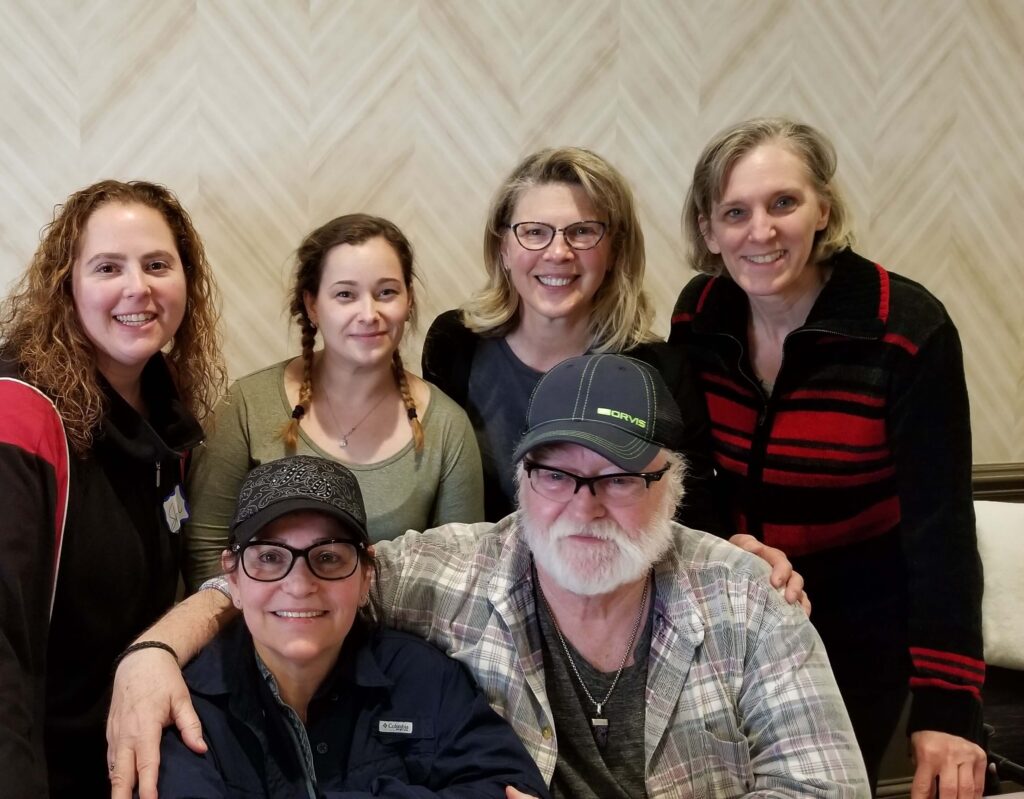
John Barnes Myofascial Release (JB MFR) is a specialized and transformative form of Myofascial Release Therapy. Renowned for its gentle, hands-on approach, JB MFR focuses on sustained pressure to address and release restrictions in the fascia, delivering profound and lasting relief.
Unlike traditional massage therapies that focus solely on surface symptoms, JB MFR takes a holistic, systemic approach to healing, making it one of the most advanced techniques available.
Experience the difference JB MFR can make for your body and mind. Conveniently located in Commack, Long Island, our skilled therapists are here to guide you toward better health and well-being.
Learn About All Our Advanced Therapies
Book Your Appointment Today
The therapist’s primary goal is not to force change but to facilitate subtle, effective releases in the fascia. Key aspects include:
As John Barnes’ philosophy reminds us, “less is more,” emphasizing the importance of precision over force.
Learn more about MFR and John Barnes at MyofascialRelease.com.
Sessions are generally 55 – 60 minutes. “Intensive Day” Sessions are 50 minutes
Clients need to wear a 2-piece bathing suit or sports bra, or shorts and a tank top. Please do not have on any lotion, perfume or cologne.
The session will take place over (not under) a sheet, so that the therapist can note your body’s response to treatment
A postural analysis will be done and may be the deciding factor on where to begin treatment. You may feel like stretching or moving (un-winding) which is normal and encouraged. As the tissue lets go, very often an issue, physical and or emotional, will release as well.
You will often feel sensations (the fascial voice) in other areas. The fascial voice may be heard as discomfort in a different area, a bubbling sensation, heat, cold etc. Please inform the therapist. Communication is the key to success
Progress will continue after the session; the fascia will continue to release hours to days after the sessions.
Please make sure to read the Home Care Instructions that will be emailed to you when you make your first appointment /orientation.
This three-session package is perfect for those starting their Myofascial Release (MFR) healing journey. Carefully designed to introduce you to the transformative benefits of MFR, it includes three hours of personalized Myofascial Release sessions. Start your path to improved mobility and pain relief today with this highly recommended introductory package.
| PRICE | DURATION |
|---|---|
| $80 | 30 minutes |
| $110 | 45 minutes |
| $120 | 50 minutes |
| $135 | 60 minutes |
| $165 | 75 minutes |
| $195 | 90 minutes |
| $250 | 120 minutes |
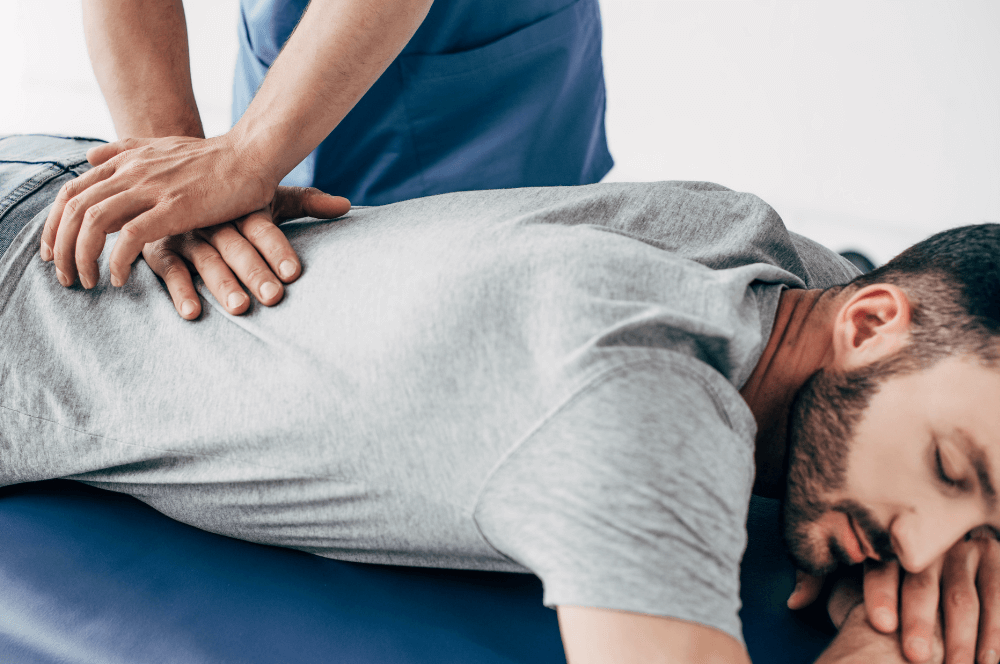

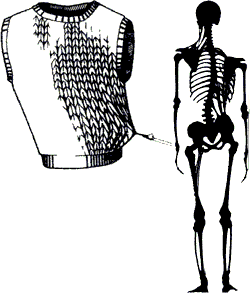
Important: Please Read Before Your Orientation
To ensure our time together is focused on your specific care, we kindly ask you to read through this information thoroughly before your appointment. Clients who come well-prepared tend to see the best results from their sessions. Taking the time to review this not only benefits you but helps me provide the most effective care possible.
Additionally, the accompanying videos offer a valuable visual learning experience and are an integral part of understanding Myofascial Release (MFR). Your time spent watching them is greatly appreciated. Thank you!
Warm regards,
Marla, Jeremy, Jolie and Jody
Understanding Your MFR Journey
Fascia encases every cell in the body and does much more than help maintain our shape. Research reveals that fascia is involved in every motion we make. Unlike muscles, fascia can move independently and possesses powerful sensory capabilities, responding dynamically to stress.
The Role of Feedback
During your session, it’s essential to communicate with your therapist. Bracing against discomfort can be counterproductive, so please let us know if your discomfort exceeds a level 7 on a 1–10 scale. Fascia restrictions can cause a wide range of symptoms beyond muscle aches, so note how your body feels throughout your treatment and ongoing Myofascial Release (MFR) sessions.
The Fascial Connection
Fascia also forms tendons and ligaments, creating a network of interconnected tissues. Consider the Latissimus Dorsi muscle, which spans from the ribs to the pelvis, wraps around the back, and inserts into the arm. This interconnectedness explains why back issues can cause arm pain or how fascia restrictions in one area can affect another.
MFR vs. Medical Massage
Unlike medical massage, which focuses on specific areas, MFR is a full-body treatment. For example, addressing pain in your back isn’t about treating the symptom alone but finding and releasing the root cause. MFR is an interactive process, requiring feedback and a therapeutic connection between client and therapist. This shared journey often feels like a dance, with the “fascial voice” guiding the session.
Hearing the Fascial Voice
During MFR, you might “hear” the fascial voice in various ways:
If you don’t notice these sensations, inform your therapist. They may adjust the session accordingly.
Vasomotor Response
A key goal in MFR is to elicit a vasomotor response—when a restricted area turns red due to improved circulation. This happens as fascial fibers separate and the ground substance returns to a fluid state. To facilitate this, please wear shorts and a small top or sports bra during your session.
Consistency Matters
Unlike medical massage, MFR works best with frequent sessions to break habitual holding and bracing patterns in the fascial network. Regular sessions promote lasting relief and progress.
What to Expect Post-Treatment
Please review the article on Home Care for tips on how to support your treatment.
How Many Sessions Will I Need?
The time required varies by individual, as it takes effort to “soften a lifetime of fossilized tissue.” Many clients notice a difference within 1–3 sessions.
We encourage you to ask questions or share concerns at any point. Thank you for trusting us to be part of your healing journey. Good luck with MFR!
By following these steps, you can deepen the benefits of your MFR journey and support your body’s natural healing process.


t’s important to understand that some individuals may experience what is commonly referred to as a “healing crisis” after a session. While unlikely, it is possible to feel sore, achy, or uncomfortable in your own skin following treatment. This discomfort, known as therapeutic pain, is not injurious but rather an indication that your body has responded to the treatment—and that’s exactly what we aim for.
This response may not occur after every session but is more common at the beginning of treatment or when accessing deeper restrictions and tight areas. In addition to physical discomfort, it is not uncommon to feel agitated or notice seemingly unrelated symptoms.
We strongly advise against masking these sensations with painkillers, hot baths, or similar remedies. The symptoms need to naturally work through your system as part of your body’s massive cellular reorganization. While this process can feel unsettling or even uncomfortable, it is a necessary step on the path to healing.
If you have any concerns, please don’t hesitate to call our office. Remember, you may feel worse before you feel better—often described as the storm before the calm. This is the healing crisis, or Healing Response, in action. For additional insights, we recommend reading What’s In Your Web by Phil Tavolacci, particularly Chapter 9, where he provides an excellent explanation of the Healing Response.
The number of sessions that one would need is very individual. Everyone responds differently to MFR. Many feel changes in symptoms after a couple of sessions while others require a number of treatments to achieve their state of well-being. Clients are encouraged to have a follow-up session as soon as possible after the initial visit to continue the progress made during the first session.
Insurance and Payment Information for Myofascial Release (MFR)
Myofascial Release (MFR) is often covered by insurance. To determine if your plan includes MFR, please contact your insurance provider and ask about coverage for the following procedure codes:
Make sure to specify that these services are provided by a Licensed Massage Therapist. If your insurance covers these procedures, let us know, and we will assist you with the necessary paperwork.
We currently accept NYSHIP and no-fault insurance. Many other insurance companies are also covering advanced medical massage techniques like MFR. Feel free to reach out to us, and we can help verify your coverage.
For those without insurance or whose insurance we do not accept, we offer an economical Self-Pay Program, with pricing available on this page.
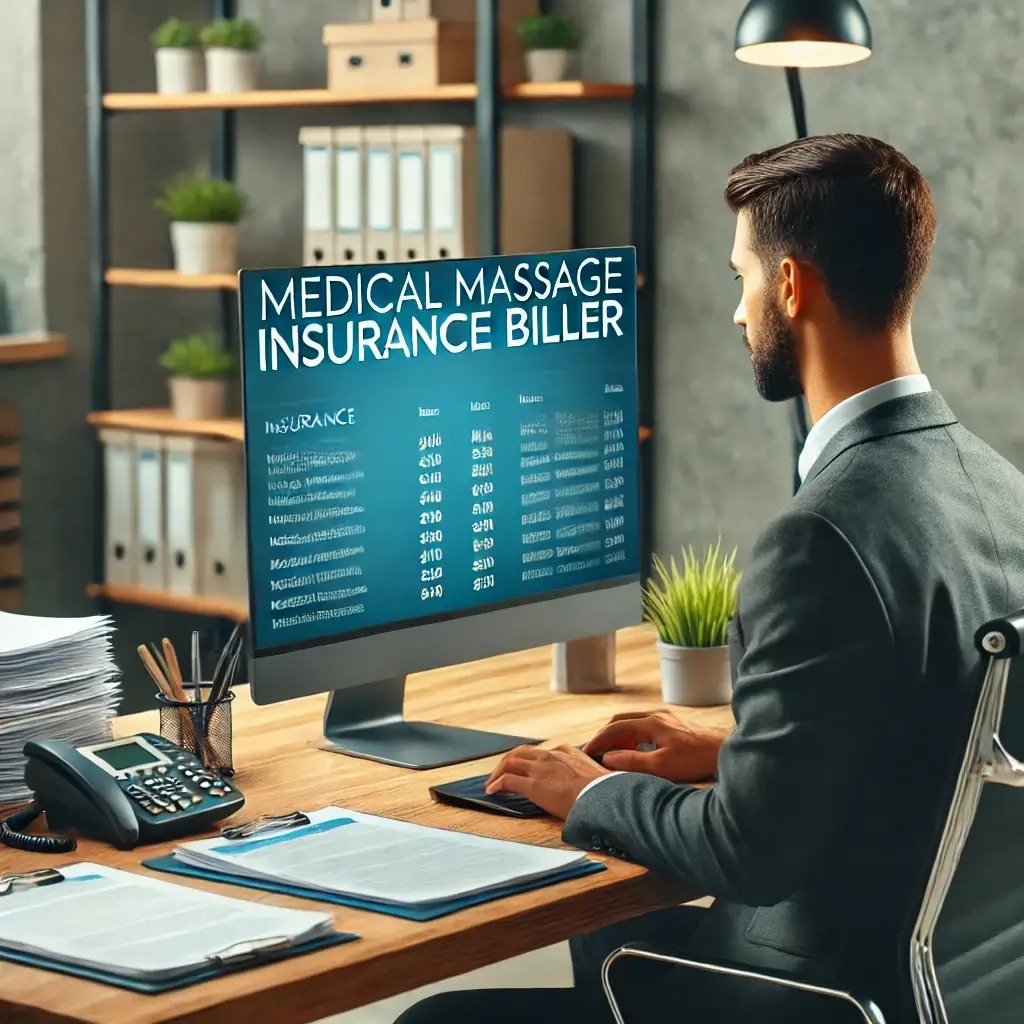

Massage therapy is a powerful tool for improving wellness and managing medical conditions. Under many Flexible Health Spending Accounts (FSA) and Health Savings Accounts (HSA), it is recognized as a qualified medical expense, making it easier for you to prioritize your health while maximizing your benefits.
At Hands On, located in Commack, Long Island, we specialize in advanced therapeutic massage services that meet the standards of medical necessity often required for FSA reimbursement. From addressing chronic pain to promoting relaxation and recovery, our licensed therapists provide tailored treatments to suit your individual health goals.
Take advantage of our advanced massage techniques and maximize the benefits of your FSA or HSA. Visit us in Commack, Long Island, to experience expert care from therapists who truly understand your needs.
Schedule an Appointment or Contact Us today to get started!
At Hands On HealthCare Massage Therapy, all sessions are self-pay. However, many insurance plans, including NYSHIP, United Healthcare, and certain Empire plans, often reimburse patients for medically prescribed treatments such as Massage Therapy.
Contact your insurance carrier and inquire about the following:
If coverage is confirmed, let us know so we can guide you through the necessary paperwork for reimbursement. A valid diagnosis and prescription from your doctor are required to submit a claim to your carrier. This ensures we can include the appropriate information in your documentation.
Contact us today to discuss your options and schedule your session! Visit our Contact Page for more information.
Massages prescribed for medical reasons might qualify as a tax-deductible medical expense. If you have an official diagnosis and a prescription from a licensed healthcare provider, such as a doctor or chiropractor, your medical massage sessions could meet the requirements for deduction.
As more medical professionals recommend massage therapy to address various health concerns, this opportunity is becoming increasingly common. Whether you’re managing chronic pain, recovering from an injury, or undergoing other prescribed treatments, this benefit can help you save while prioritizing your health.
What You Need:
Take charge of your health while potentially reducing your taxable income—it’s a win-win for your body and your wallet!
Related Resources:
Call us to book your appointment today! Our friendly team is ready to help you schedule the perfect service at a time that suits you best.

We accept NYSHIP for massage therapy. Your path to wellness just got easier.